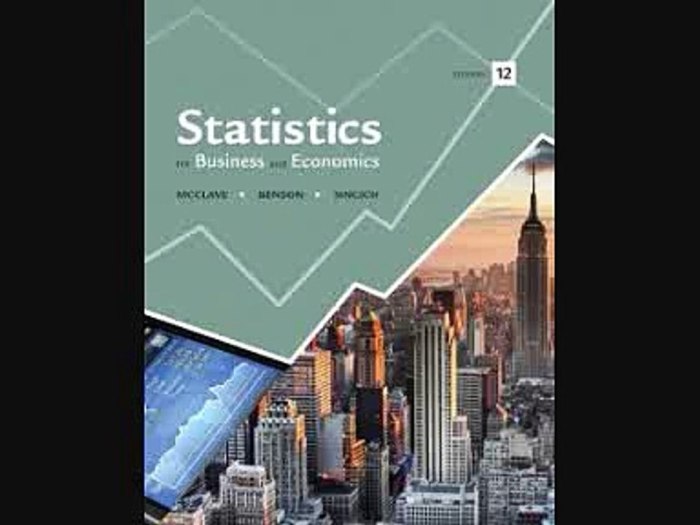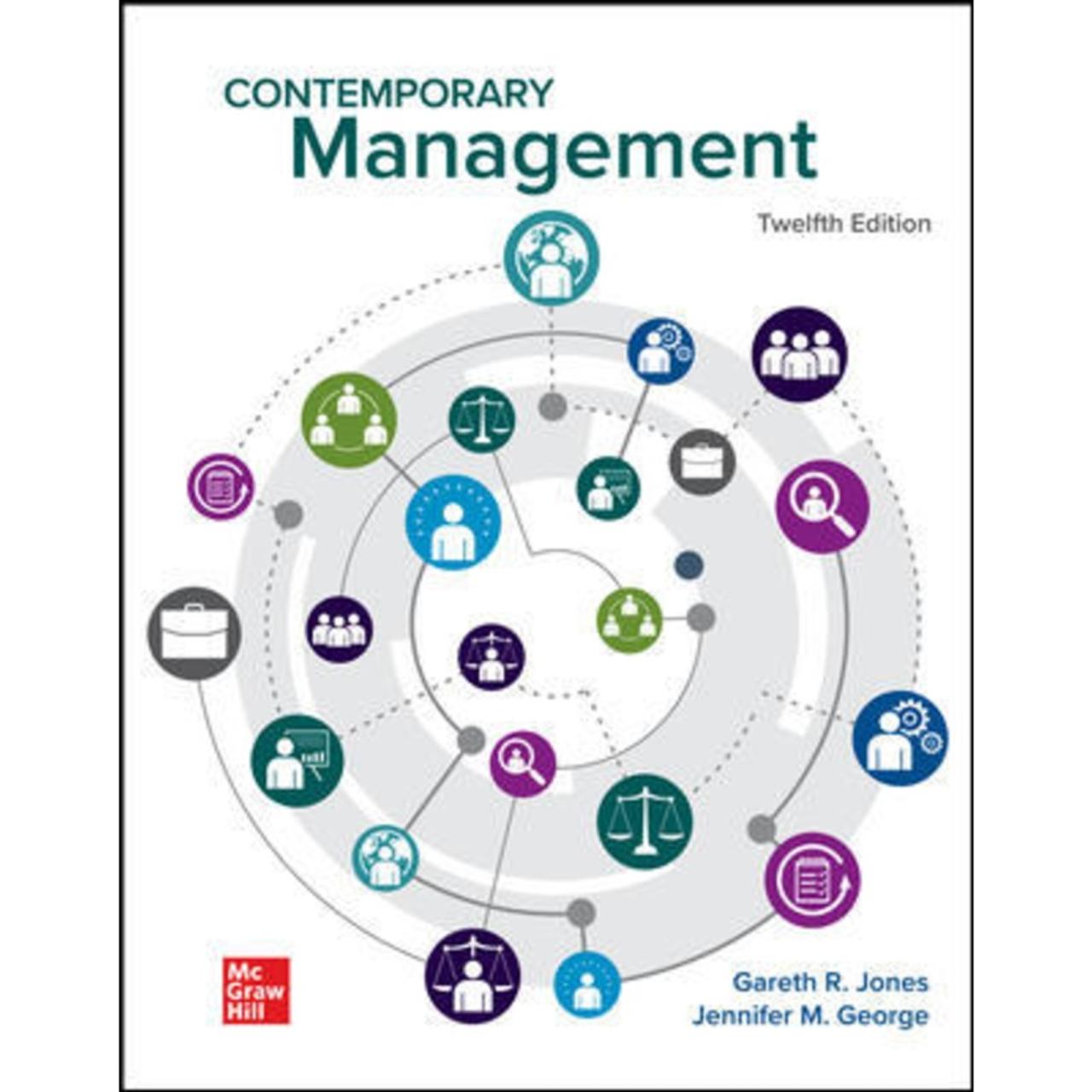Statistics for management and economics 12th edition pdf – Embark on an enlightening journey with Statistics for Management and Economics, 12th Edition, a comprehensive guide that empowers you to harness the transformative power of statistics in business decision-making. This meticulously crafted resource provides a panoramic view of statistical concepts, methodologies, and applications, equipping you with the knowledge and skills to navigate the complexities of modern business environments.
From understanding the fundamental principles of data collection and analysis to mastering advanced techniques like regression and time series analysis, this book serves as an invaluable companion for students, professionals, and anyone seeking to leverage statistical insights for informed decision-making.
Introduction to Statistics for Management and Economics

Statistics is a powerful tool that helps businesses make informed decisions by analyzing and interpreting data. It plays a crucial role in various disciplines within business, including marketing, finance, operations, and human resources.
Statistics enables businesses to understand market trends, forecast demand, optimize production processes, and assess the effectiveness of marketing campaigns. It provides a framework for making data-driven decisions, reducing uncertainty, and improving overall business performance.
Data Collection and Analysis
Data collection is the process of gathering information relevant to a research question or business problem. Methods include surveys, experiments, and observational studies.
Sampling is a technique used to select a representative subset of a population for study. It allows researchers to make inferences about the entire population based on the sample data.
Data analysis involves organizing, summarizing, and interpreting data to extract meaningful insights. Descriptive statistics, probability distributions, and hypothesis testing are commonly used techniques.
Statistical Inference
Statistical inference allows researchers to make generalizations about a population based on sample data. It involves using statistical tests, such as t-tests, chi-square tests, and ANOVA, to determine the probability of obtaining a particular result.
Statistical inference plays a crucial role in business decision-making, as it provides a basis for drawing conclusions and making predictions about future events.
Regression Analysis, Statistics for management and economics 12th edition pdf
Regression analysis is a statistical technique used to predict the value of a dependent variable based on one or more independent variables. It is widely used in business for forecasting, optimization, and decision-making.
Different types of regression models include linear regression, multiple regression, and logistic regression. These models can help businesses understand the relationships between variables and make predictions about future outcomes.
Time Series Analysis
Time series data is a sequence of observations taken over time. Time series analysis involves analyzing such data to identify patterns and trends.
Moving averages, exponential smoothing, and ARIMA models are commonly used techniques for time series analysis. These methods help businesses forecast future trends and make informed decisions based on historical data.
Applications of Statistics in Business
Statistics has numerous applications across different business areas:
- Marketing:Market research, customer segmentation, and campaign effectiveness analysis.
- Finance:Risk assessment, portfolio optimization, and financial forecasting.
- Operations:Process improvement, quality control, and inventory management.
- Human Resources:Employee selection, performance evaluation, and compensation analysis.
By leveraging statistics, businesses can gain valuable insights, optimize operations, and make data-driven decisions that lead to improved performance and competitive advantage.
Popular Questions: Statistics For Management And Economics 12th Edition Pdf
What are the key applications of statistics in business?
Statistics plays a vital role in various business areas, including marketing, finance, operations, and human resources. It enables businesses to analyze market trends, assess financial performance, optimize operational efficiency, and make informed decisions based on data.
How can regression analysis be used to optimize business decisions?
Regression analysis helps businesses identify the relationships between variables and predict outcomes. By understanding these relationships, organizations can optimize pricing strategies, forecast demand, and make data-driven decisions to maximize profits.
What are the benefits of using statistics in business decision-making?
Statistics provides businesses with a systematic and objective approach to decision-making. It helps reduce uncertainty, improve accuracy, and increase the likelihood of making informed choices that drive business success.
